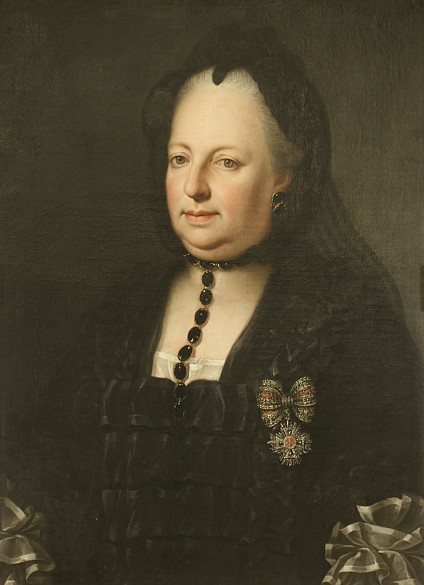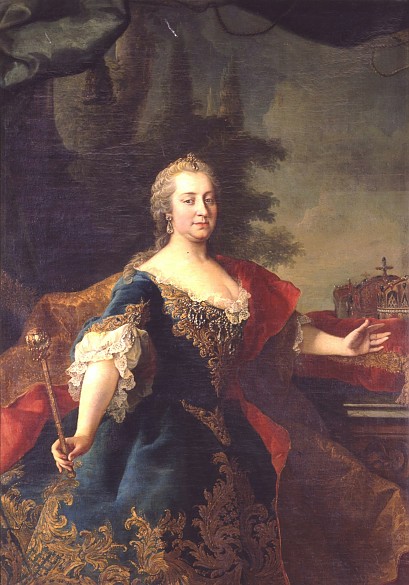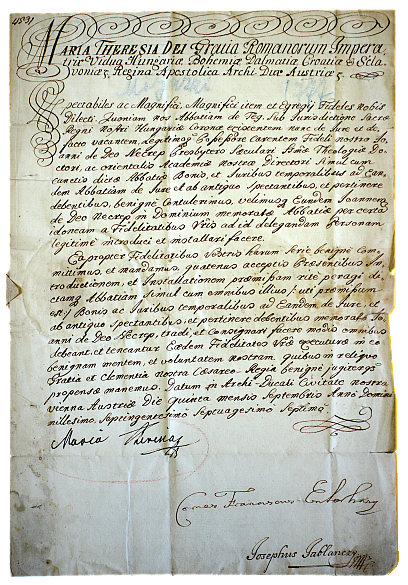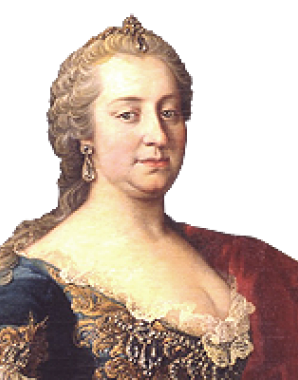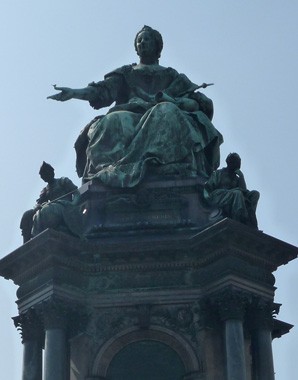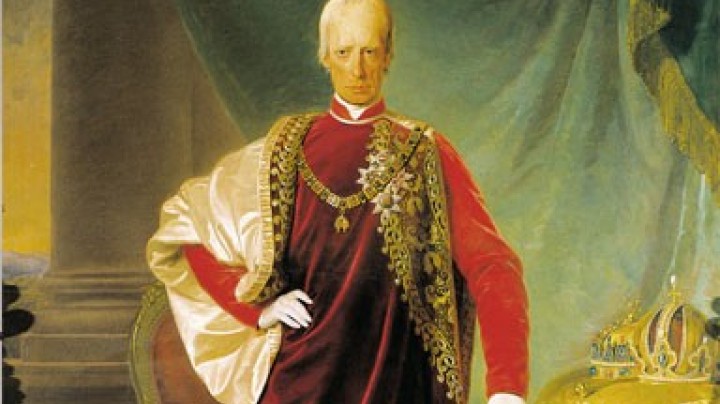Maria Theresa: the ‘great reformer’
It is said that Maria Theresa carried out many major reforms. But were these measures really so benign and so clearly for the common good?
Today, Maria Theresa’s enlightened absolutism meets with almost unlimited sympathy. However, the image of a mother-figure devoted to the common weal should be balanced with the awareness that her thought and work were very conservative and by no means progressive. Like her predecessors and successors, she regarded herself as holding power by divine right, considered the writings of the Enlightenment as ‘disgusting’, and again and again expressed anti-Jewish and anti-Protestant feelings that were followed up with concrete actions such as the resettlement of Protestants outside the core Habsburg lands. Furthermore, she sought to impose her pious ideas on her fellow human beings: in order to combat prostitution, for instance, she established a ‘chastity commission’.
Maria Theresa’s reforms were enduring in their effect. The legal and administrative reforms are regarded as modern because they created the foundation for an authoritarian administrative state. This highly supervisory machine systematically nipped all manifestations of personal responsibility and democratic thinking in the bud. Nowadays, the history textbooks used in Austrian schools give a positive account of the church, judicial and especially educational reforms – almost all Austrian children learn and know that Maria Theresa introduced ‘compulsory schooling’. Which strictly speaking is a misnomer, even today – it should be called ‘compulsory tuition’, as it does necessarily have to take place in a school.
These reforms were by no means designed with the intention of raising children to become politically mature citizens – the pupils were to be schooled in their obligation to serve and obey God and their rulers. The abolition of torture in 1776 was likewise by no means a result of humanitarian concern on Maria Theresa’s part. On the contrary, it took place in spite of her reservations: the penal code she brought out only a few years earlier, the Constitutio Criminalis Theresiana, was founded on the subjection of defendants to ‘questioning with infliction of pain’, that is to say, on torture as an appropriate method of establishing true facts.
Most judgements on Maria Theresa’s life and work as a ruler are entirely positive in character, her intolerant attitudes and measures being discounted as simply conditioned by the time in which she lived. This kind of presentation overlooks the fact that her solicitude was motivated by political and economic interests. Maria Theresa has only been made ‘great’ through glorifying propaganda, which allows her to remain a heroine even in the present day – the monumental statue commemorating her in Vienna being the prime example of this tendency.
